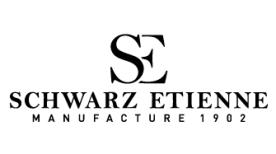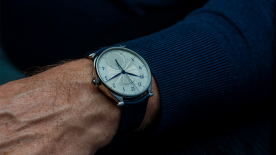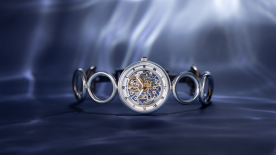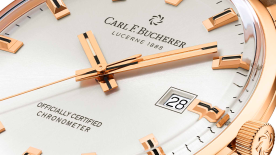How does one recognise a “high end” watch? By its finishing? Its rarity? The number of complications? The materials from which it is made? Probably some of all that. Individually, none of these characteristics suffices but combined they form a whole that can realistically be described as “high end”.
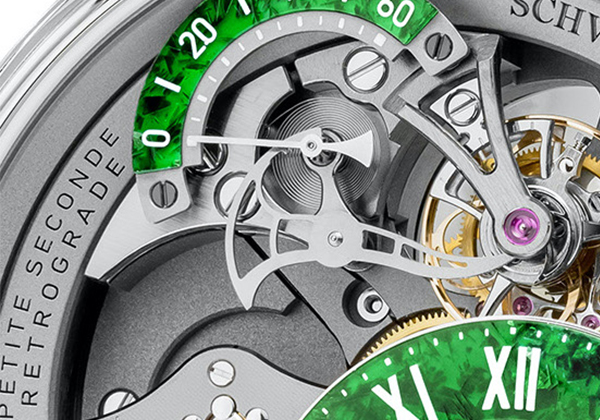
These “high end” characteristics come at a price. Finishing implies labour. In the early days, Stephen Forsey told us how finishing could represent 50% of the cost of a Greubel Forsey watch – now down to 30%. Complications cost in components but even more in development and assembly time. As for the price of materials, it has soared. In January 2014 a gold ingot was worth €29,000. Today it costs almost €50,000.
The happy medium
In these conditions, finding the right balance of “the watch I want” and “the price I’m willing to pay” can be hard. The most promising solution is the one Jean-Claude Biver described as costing “half its perceived value.” In other words, if a watch appears to be worth $20,000, the right price will be in the region of $10,000.
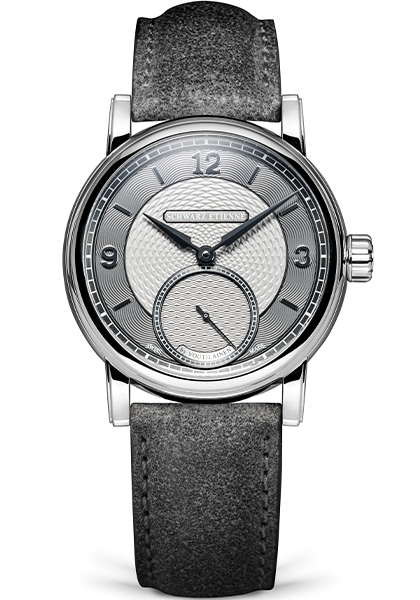
This territory of “high perceived value” is where Schwarz Etienne positions itself. “When we relaunched the brand in 2015, we did so on the grounds of providing maximum perceived value at the most reasonable price,” says chief executive Mauro Egermini. Nor has the brand put all its eggs in one basket. Certain of its watches put the accent on aesthetic, others on mechanisms. The Roma, for example, is finished to the highest standard, using contrasting textures to impart depth and character. The dial centre features a sunray decoration surrounded by a grained outer ring, while small seconds have a flinqué finish. Facetted indexes are joined at 12 o’clock by an applied SE logo.
The level is such that Kari Voutilainen himself has applied his signature engine-turning to the Roma Synergy, with a “sun” pattern on the hour chapter surrounding a “fish scale” pattern for the centre of the dial. Small seconds are treated to a “wave” motif. For the other styles in the collection, “we give priority to the visible finishes rather than the ones that are not seen, which again helps us keep end prices lower,” Mauro Egermini explains.
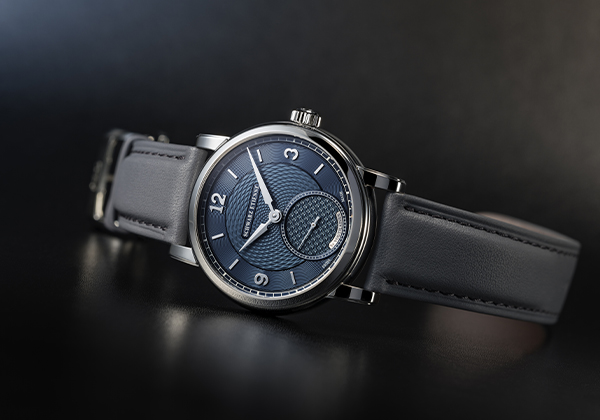
Encounter of the third kind
The Roswell and the Chaux-de-Fonds models put mechanisms front and centre – and it shows, with a large dial opening that again adds to perceived value. Collectors won’t be disappointed at the sight of a visible micro-rotor, a tourbillon at 1 o’clock and small seconds at 11 o’clock. Schwarz Etienne could have taken the easy route and have the tourbillon display the seconds directly: the obvious and most common solution given that most tourbillons make one rotation in 60 seconds. Instead, a snail cam is mounted directly on the tourbillon arbour. A ratchet gear, tensioned by a spring, rests on this cam to display the seconds by means of a hand that moves along an arc then jumps back to zero. The cam has a constantly increasing diameter so as not to impede the correct functioning of the tourbillon.
As for the movement’s performance, Mauro Egermini is clear: “Market feedback is unanimous in placing a perfectly finished, in-house movement above pure chronometric performance.” In a word, the beauty of a manufacture movement is more important than COSC certification: another saving which Schwarz Etienne can pass on.
Material world
Which leaves materials. Now that steel has gained its horological pedigree, Schwarz Etienne doesn’t hold back: both the flying tourbillon and retrograde small seconds tourbillon models are cased in steel with a 44mm diameter. The manufacture boxes clever and puts added value elsewhere by crafting the hour chapter and the retrograde seconds arc from green aventurine, grey specular hematite with shimmering silver flecks, lapis lazuli or blue opal. Always visible, they add distinction without recourse to costly gold or platinum cases, or expensive gemstones.


